Kapalbhati: Purpose
11 months ago By Yogi AnoopKapalbhati: Meaning, Purpose, and Benefits
Meaning:
Kapalbhati Pranayama is an important breathing exercise, whose literal meaning is “Kapal” which refers to the frontal part of the brain, and “Bhati,” meaning brightness or cleansing. Its primary purpose is to cleanse the brain, the frontal part of the brain, and the face, including the sinus areas. The body’s primary senses play a major role in detoxification. Specifically, this Kapalbhati practice expels the accumulated substances within the sensory organs, such as the eyes, nose, ears, and throat. Its origin is more focused on the purification of sensory organs rather than the cleansing of motor organs. This method, developed by ancient yogis, helps in expelling toxins from the body and assists in calming and clarifying the mind.
Purpose:
The biggest purpose of Kapalbhati is detoxification. While intake is important, even more important is the expulsion of toxins from the body. This process balances the body’s energy and enhances immunity. Inspired by the natural process of sneezing, yogis developed this technique because sneezing naturally cleanses the brain and respiratory system. Based on this principle, the method of Kapalbhati was designed, which, when practiced regularly, purifies the body and keeps it disease-free.
Types of Kapalbhati and Their Techniques:
Kapalbhati can primarily be divided into two types. The first is Sthool (Gross) Kapalbhati, which focuses on physical activity, and the second is Sukshma (Subtle) Kapalbhati, which works at the mental and energy levels.
Sthool Kapalbhati:
Its process is similar to sneezing. In this method, sit in a stable posture like Padmasana or Siddhasana, and place both hands on your knees. Close your eyes and focus your attention. Exhale forcefully through your nose, similar to sneezing. While exhaling, pull your stomach inward. Keep your mouth closed during this process and let the breath come in naturally. Initially, perform it 12 times at a rate of one breath per second. After completing 12 rounds, rest for a few moments, and then repeat another 12 rounds.
For beginners, performing Kapalbhati 24 times is sufficient. After 15 days, you can increase it to 48 times. If you wish to increase it further, consult a yoga guru. If you find it difficult to understand the practice, you can simply practice the process of sneezing.
Sukshma Kapalbhati:
Its process is similar to sneezing, but in this pranayama, strokes are performed very gently and subtly. Note that this practice should not be done too quickly. In this method, the sound is minimized, and strokes are performed very slowly. After one stroke, rest for a while before performing the next stroke. After performing a stroke, one experiences a state of thoughtlessness. From this subtle practice, I have personally treated several diseases.
Benefits of Kapalbhati:
The biggest benefit of Kapalbhati is that it removes mucus and toxins accumulated excessively in the sensory organs and the throat. Note that the accumulation of toxins in the sensory organs slows down brain functions significantly. Depression, heaviness in the head, migraines, potential brain tumors, and many sinus-related issues are considered serious due to the excessive accumulation of mucus around these sensory organs.
This Kapalbhati practice is highly effective in removing toxins from the sensory organs. It also cleanses the respiratory system and the brain, resulting in a calm and clear mind. It is highly effective in eliminating diseases caused by phlegm and activates the digestive system. Regular practice increases immunity, improves mental strength, and revitalizes the body.
This practice is beneficial not only for patients but also for healthy individuals. Kapalbhati is essential for physical health, mental peace, and energy balance. This method of yogis is a simple and effective way to bring balance and joy to life.
The benefits can be described as follows:
It purifies the entire body by expelling a large amount of carbon dioxide from the system.
It increases the brain’s ability to absorb oxygen because it expels excessive mucus accumulated in the sinus area. As a result, the oxygen absorption capacity improves, and unnecessary worries decrease.
Since the brain can absorb oxygen more efficiently, metabolic power increases. Additionally, it easily relieves constipation. From my experience, when there is excessive mucus in the sinus area, the activity of the intestines also decreases, and such individuals tend to become more lethargic.
Excessive mucus and water accumulation in the sensory organs, especially in the sinus area, can lead to diseases like asthma, phlegm, bronchitis, and tuberculosis. This pranayama practice has been very effective in eliminating these problems, in my observation. However, note that it should only be practiced under the supervision of an experienced practitioner.
Recent Blog
Copyright - by Yogi Anoop Academy
